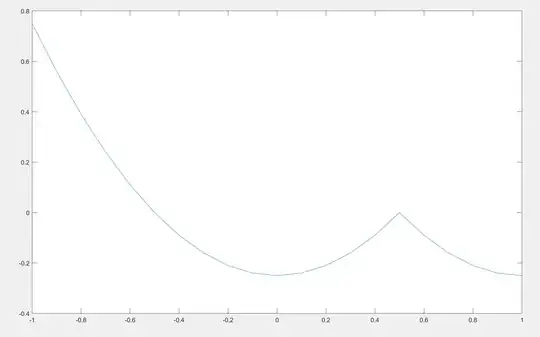I have an optimization problem in the form of:
$\min_x \quad u^Tx \\ s.t. \quad (x-\textbf{1/2})^2 - \vert x-\textbf{1/2}\vert \leq \textbf{-1/4}$.
Since the constrained of this problem is not convex, the standard convex programming methods cannot be applied. I learned that DC (difference of convex) programming and convex-concave programming (CCCP) can be used to solve this problem. However, I did understand their differences, or their capability to provide an algorithm (e.g., DCA) to converge to the global optimal solution.
Just to recap, I have two questions:
What are the differences of CCCP and DC programming, especially in terms of their convergence to the global optimal solution?
Are they convergent to the global optimal solution?!
Any help is appreciated!
Edit:
The shape of the constraint function is as below:
